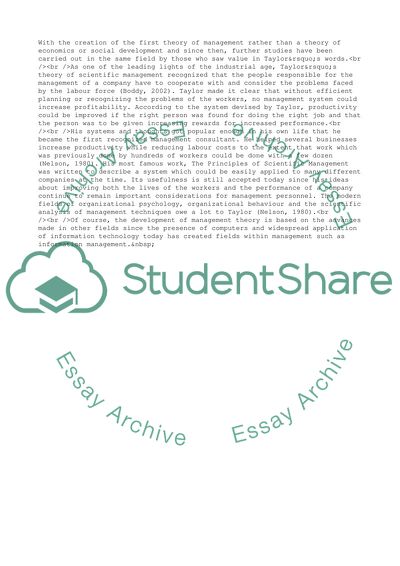Cite this document
(The Development of Management Theory Essay Example | Topics and Well Written Essays - 2250 words - 9, n.d.)
The Development of Management Theory Essay Example | Topics and Well Written Essays - 2250 words - 9. https://studentshare.org/management/1708447-management
The Development of Management Theory Essay Example | Topics and Well Written Essays - 2250 words - 9. https://studentshare.org/management/1708447-management
(The Development of Management Theory Essay Example | Topics and Well Written Essays - 2250 Words - 9)
The Development of Management Theory Essay Example | Topics and Well Written Essays - 2250 Words - 9. https://studentshare.org/management/1708447-management.
The Development of Management Theory Essay Example | Topics and Well Written Essays - 2250 Words - 9. https://studentshare.org/management/1708447-management.
“The Development of Management Theory Essay Example | Topics and Well Written Essays - 2250 Words - 9”. https://studentshare.org/management/1708447-management.


